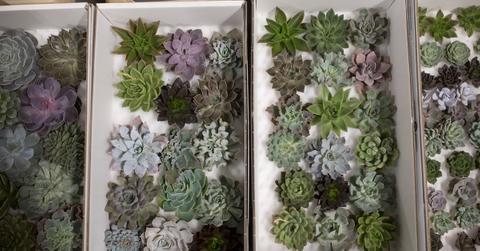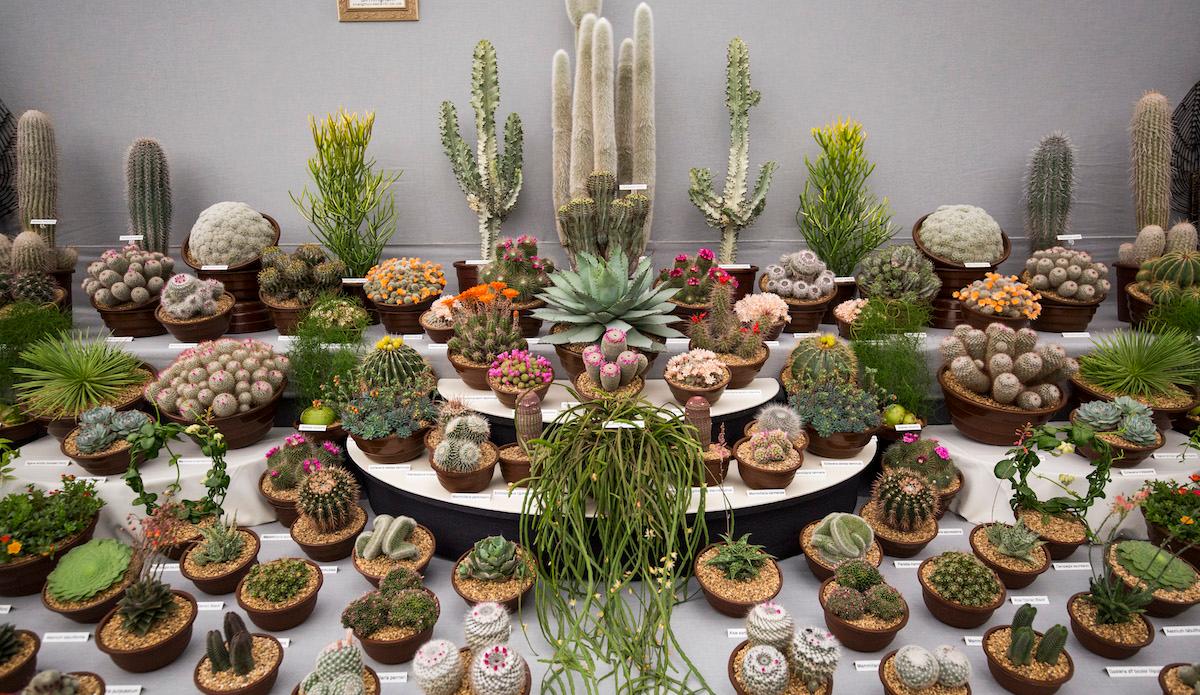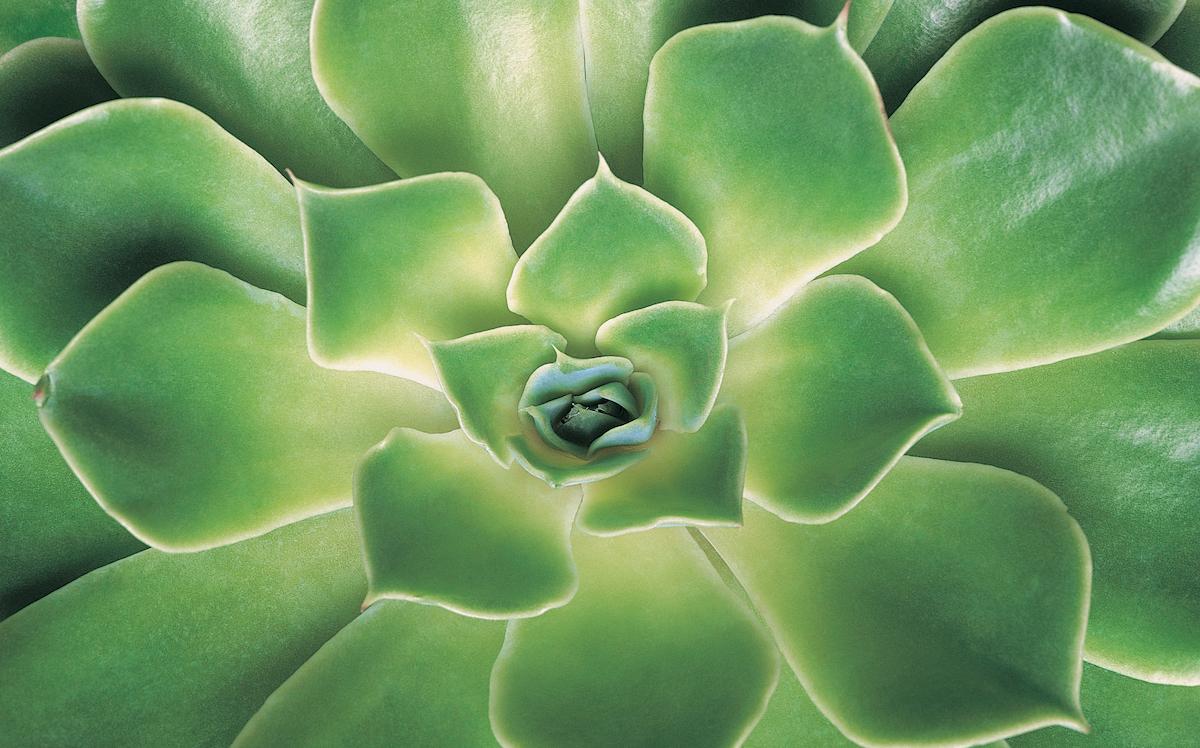Thick Leaves and Rotted Roots: What to Do If You Overwatered Your Succulents
Published July 23 2021, 2:30 p.m. ET

For several years now, succulents have been touted as the perfect houseplant for those lacking a green thumb. This is because these resilient cactus relatives don’t require a lot of attention or a lot of water to thrive. In fact, watering them too much can actually kill the plant. But how does one know if they are overwatering their succulents, and what do you do if you find yourself with a sick and bloated succulent on your hands?

How much water does a succulent need?
According to HGTV, the most important rule of thumb when it comes to watering succulents is to do so only when the soil is completely dry. While most plants require damp soil at all times, succulents prefer their beds to be parched. They thrive on the struggle. If you’re unsure, you can test this by pressing your hand to the soil and observing the texture. Bone dry soil should crumble, not clump when it’s pressed between the fingers.
The amount of water generally depends on the size of the succulent’s container, the season, the extant humidity, and the amount of light in the room. If you have a larger container, you can afford to water less often, because the soil will hold onto the moisture for longer. The soil in shallow containers will dry out faster, so those plants will need to be watered more frequently.
If your succulent gets 10 or more hours of sunlight a day or if it’s placed outside rather than inside, you’ll need to water it more often, according to HGTV. The same is true for succulents in dry climates or in areas where temperatures tend to be hotter and less humid. That said, every succulent is going to have different watering requirements.
If you know the specific plant species, you can look up the watering requirements online. If you bought it from a farmers market or garden center, don’t be afraid to reach out and ask about your plant’s unique watering preferences. Succulent farmers will likely be more than happy to answer any questions you might have about their prized plants.
What does an overwatered succulent look like?
Because they come from mostly arid climates, succulents have the capacity to store a lot of water. This benefit works against them at times, however, as too much water can cause their tissues to swell and burst. Overwatered succulents are easily identifiable. According to Succulent Plant Care, overfull succulents will appear yellow, translucent, and shriveled.
The leaves will feel soft and mushy to the touch and some will have dropped off the plant entirely. You might also notice a black rot set in around the roots and stem of the plant. If this happens, it might already be too late to salvage your succulent.

How do you fix an overwatered succulent?
The best course of action in succulent water repair involves drying the plant out as much as possible. According to Succulent Box, you can do this by digging the root out of the soil and removing all excess dirt, as well as any black or rotted portion of the roots. The succulent can then remain on a mesh or strainer for two to three days while it dries.
Once it’s completely dry, put it back into the container with new dry soil. Make sure you discard the old soil entirely, as there are likely traces of harmful algae and bacteria still living in it. You’ll also want to ensure that the container has adequate drainage this time around. Improper drainage and a little bit too much water can start the trouble all over again, and your poor bloated succulent has been through enough.
Succulents may look like they’re easy to care for, but they are still sensitive to certain things. Luckily, they are hardy enough that a bit of clean up and dry time can set them right.